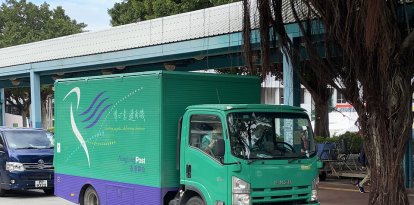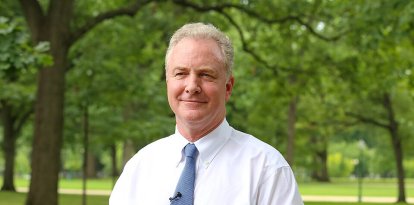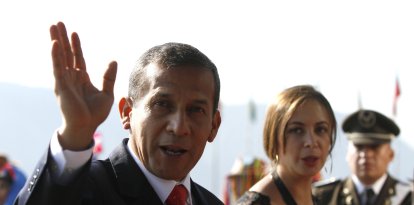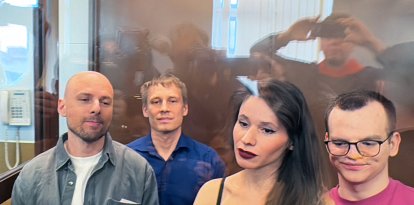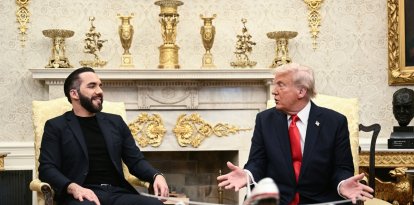Ricardo Nachman, national coordinator of clinical forensic medicine of Israel: "During the massacre on October 7 there was no respect for anything that has to do with humanity"
Dr. Nachman talks with Voz Media about the victims of 'Black Saturday' and the abuse the hostages faced after they were kidnapped by Hamas.
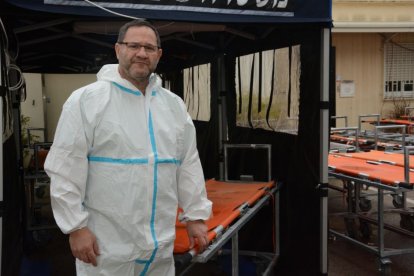
(Voz Media)
While Hamas terrorists were knocking down Israel's security fence with tractors, rocket launchers and explosives, Ricardo Nachman spent the night with his six-year-old daughter in a roofless tent. Nachman, a medical examiner and father of four, was celebrating the last day of Sukkot, the festival of joy.
After 6:00 a.m., the alarms went off. They took refuge in the safety room. It wasn't anything too out of the ordinary in the Jewish State, a constant target of air attacks from almost all of its borders. Surprised that the sirens did not stop, they turned on the television: "I immediately contacted my head at the forensic institute," Nachman tells Voz Media. This time, the attack was different.
The grandson of immigrants, Nachman left his native Argentina for Israel more than 30 years ago. He dreamed of immersing himself in other cultures. There, he specialized in forensic medicine; After almost 29 years of experience, he serves as the national coordinator of clinical forensic medicine.
Part of his job, today, is to coordinate emergency responses. He has to figure out how to care for a growing but unknown number of bodies in a forensic institute, the only one in the country that holds a maximum capacity of 90. But his team knew that they were going to be dealing with 300 or 400. He had to keep working while missiles were being launched and he still works as missiles continue to go off. At the beginning, he had to work while Israeli troops continued sweeping the kibbutzim in search of terrorists.
Nachman has years of experience in tragedies. He worked with the victims of the tsunami in Thailand, the deadliest disaster in history. He also worked with victims of the earthquake in Haiti in 2010 and, that same year, with those of a helicopter crash in Romania. His latest work has been with the victims in Israel, after October 7, known as Black Saturday, although, he insists that the latter has one fundamental difference: It was not a tragedy.
It's not that it just happened, it can't be blamed on nature or mere chance, both are terrible, but impartial. "This was a massacre."
Atrocious and unique
"In this massacre, there was no respect, from any point of view, for anything that has to do with humanity," says the Argentine doctor. "Not for race, not for gender, not for age."
The variety and number of victims are two measures taken on October 7 that, for Nachman, mark the singularity of this catastrophe. Another, more personal one, was its protagonists: "It happened to my people, to my town." It happened in his home, Israel.
The proximity of the coup was, without a doubt, one of the reasons that pushed him to become a spokesperson for the victims. He knew he needed to talk about what happened, leaving professional cover aside, even though it would be hard for listeners to hear. He needed to be frank and tell the truth, no matter how blunt it was.
Nachman describes on air the type of episodes that, at least for the moment, the Israeli authorities seem to have reserved for closed screenings (although there seems to be more and more openness). Episodes like the one that revealed a CT scan of some charred remains where they thought there was only one body but there was actually two:
"We are convinced that they have used all kinds of fuels to deteriorate the remains," he explains. The special fuel caused some bodies to burn for hours, resulting in losses of more than 60% of body mass. "You can't recognize anything about the body."
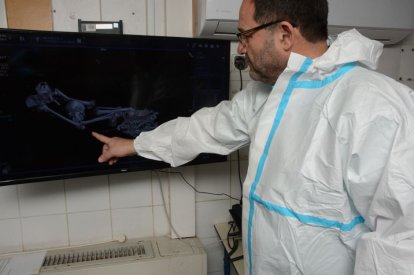
@CmdtPoliciaEc - 2024-01-21T114818.576
(Voz Media)
The work must continue
The National Center of Forensic Medicine (Abu Kabir) continues to analyze the remains of the victims from October 7. As time goes by, their work becomes more complicated, both due to natural deterioration and because some cases are difficult to identify. But his work does not end there, he also takes care of the medical teams that receive hostages who were kidnapped by Hamas.
Talking to the freed hostages, he explains, is "seeing everything in black and white." The white: "Seeing them so excited, so happy to get out of the kidnapping" to which they were subjected "by terrorist groups, bloodthirsty people." "Happy to be with their families." The black: "Seeing marks on the body," like those who were tied up for four days or weren't able to shower or use the restroom. Some ate only once a day, others ate just pita bread and dry rice once every other day. "We are talking about children and elderly people who have lost between 14 and 22 pounds." Others have been left with scars of sexual abuse.
RECOMMENDATION

